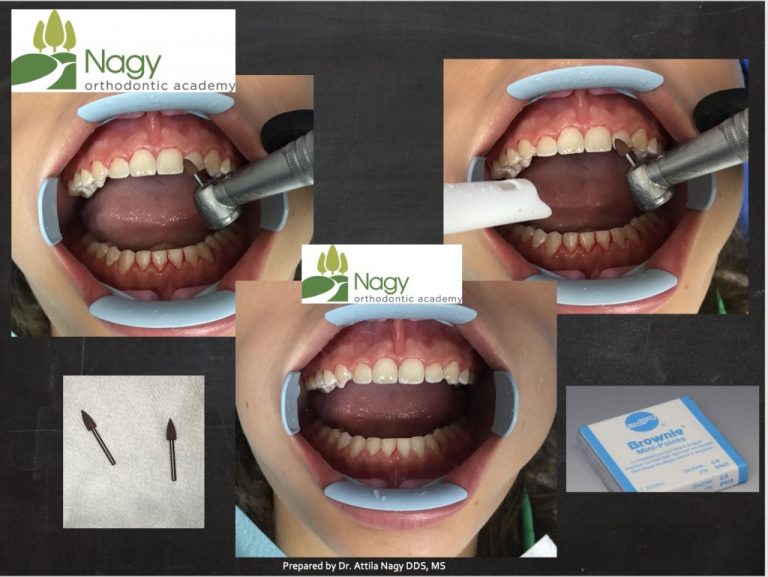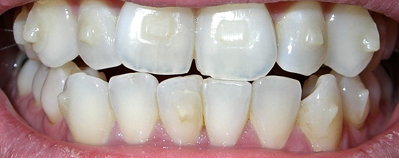Headache Invisalign Relief: Tips to Ease Your Pain
Last Updated on 2 months by DR. ALBIN SIPES
Headaches can occur while using Invisalign due to teeth movement and pressure from the aligners. These headaches are usually temporary and diminish as your mouth adjusts.
Invisalign is a popular orthodontic treatment that offers a discreet way to straighten teeth. Unlike traditional braces, Invisalign uses clear aligners that are comfortable and removable. Many patients appreciate the flexibility to eat and drink without restrictions. While most enjoy a smooth transition, some may experience headaches as their teeth shift.
Understanding the connection between Invisalign and headaches can help patients manage discomfort effectively. This guide aims to shed light on this common issue, offering tips to alleviate headaches and improve your overall experience with Invisalign. Embracing this modern solution to orthodontics can lead to a confident smile without the hassle of metal braces.

Credit: www.miamiperio.com
Introduction To Invisalign And Headaches
Invisalign is a modern way to straighten teeth. It uses clear aligners instead of metal braces. Many people choose this treatment for its comfort and invisibility.
Some patients notice a connection between Invisalign and headaches. Misaligned teeth can cause jaw tension. This tension often leads to headaches. As teeth shift into place, headaches may lessen.
Patients should discuss any headaches with their dentist. Tracking headache patterns can help identify triggers. Regular check-ups can ensure the treatment works well.
Identifying Invisalign-induced Headaches
Invisalign can cause headaches for some users. Common symptoms include:
- Throbbing pain around the temples
- Increased tension in the neck and shoulders
- Discomfort after wearing aligners
These headaches may occur more often during the first few days of wearing new aligners. It is essential to monitor the frequency and intensity of the headaches.
Seek medical advice if headaches persist. Consider visiting a dentist or orthodontist for a check-up. Ignoring ongoing symptoms can lead to more significant issues.
Initial Relief Strategies
Headaches can be painful and annoying. Pain management is essential for relief. Here are some immediate remedies to try:
- Drink plenty of water to stay hydrated.
- Rest in a dark, quiet room.
- Apply a cold pack to your forehead.
- Take over-the-counter pain relievers like ibuprofen or acetaminophen.
- Practice deep breathing to reduce stress.
Try these methods to find quick relief. Stay aware of your triggers. Taking care of yourself can help avoid future headaches.
Adjustment Period Tips
Starting with Invisalign can be a new experience. The first few weeks may feel strange. It’s normal to feel some discomfort as your mouth adjusts. Wearing the aligners for at least 22 hours a day helps you get used to them.
To build tolerance, try these tips:
- Start by wearing them for a few hours each day.
- Gradually increase the time you wear the aligners.
- Use over-the-counter pain relief if needed.
- Keep your aligners clean to avoid irritation.
- Stay hydrated to help with any dry mouth.
Remember, the adjustment period is temporary. Soon, wearing Invisalign will feel much easier.
Oral Hygiene And Invisalign Comfort
Maintaining dental cleanliness is essential with Invisalign. Clear aligners can trap food and bacteria. Regular brushing and flossing help prevent plaque buildup. Use a soft-bristled toothbrush for gentle cleaning.
Rinse aligners daily with lukewarm water. Avoid hot water as it can warp them. Use a clear soap if needed, but never use toothpaste.
Poor hygiene can lead to discomfort. Bacteria growth may cause gum irritation. This can make wearing aligners feel uncomfortable. Consistent care ensures a smooth treatment experience.
Dietary Considerations
Avoiding certain foods can help reduce headaches while using Invisalign. Some common foods may cause discomfort.
- Hard foods: Crunchy snacks can damage aligners.
- Sticky candies: These can get stuck in aligners.
- Hot drinks: Heat may cause discomfort.
- Acidic foods: Citrus can irritate the mouth.
- Chewy items: These may strain jaw muscles.
Nutrition plays a key role in oral health. Eat foods rich in vitamins and minerals. Calcium strengthens teeth. Vitamin C helps gums stay healthy. Drinking plenty of water is essential. It keeps the mouth moist and clean.
Professional Solutions
Consulting your orthodontist is key for effective Invisalign treatment. They can identify the best plan for your needs. Your orthodontist will assess your bite and alignment issues. This ensures a tailored approach to your treatment.
Custom adjustments to Invisalign can improve comfort and results. Each aligner is made specifically for your teeth. Regular check-ups allow for adjustments based on your progress. Your orthodontist will track your changes and modify your aligners as needed.
Always share any concerns during your visits. This helps your orthodontist make the best decisions for your treatment.

Credit: alldentalgroup.com
Home Remedies And Diy Care
Many people seek natural pain relief for headaches. Simple methods can help ease discomfort. Start by drinking plenty of water. Staying hydrated is essential for reducing headache pain.
Try using a cold compress on your forehead. This can numb the area and help relax muscles. A warm compress on the neck may also provide relief. It helps improve blood flow and reduces tension.
Creating a soothing routine is important. Find a quiet space to relax. Close your eyes, breathe deeply, and meditate for a few minutes. This can help calm the mind.
Consider using essential oils like peppermint or lavender. They can be soothing when inhaled or applied to the skin. Always dilute oils before using them.
Long-term Comfort Strategies
Creating a pain prevention plan is crucial for Invisalign wearers. Start by tracking any headache patterns. Identify triggers and adjust your routine accordingly. Consistent hydration helps prevent headaches. Drink plenty of water throughout the day.
Incorporate regular breaks during tasks. This helps reduce strain on the eyes and neck. Maintain good posture while sitting or using devices. Poor posture can lead to tension headaches.
Practicing relaxation techniques can also be beneficial. Simple exercises like deep breathing or gentle stretching may help. Finally, consider a balanced diet rich in vitamins. Foods with magnesium can reduce headache frequency.
Real Experiences And Community Advice
Many users share their experiences with Invisalign. They often mention headaches during treatment. This can happen as teeth shift. Most users find the pain manageable. A few suggest taking over-the-counter pain relief for comfort.
Community forums provide valuable support. Members share tips for reducing discomfort. Staying hydrated and using cold compresses help many. Others recommend short breaks from wearing aligners.
| User | Experience |
|---|---|
| Alice | Had mild headaches, but manageable. |
| John | Used cold packs to ease the pain. |
| Emma | Found pain relief pills helpful during shifts. |
Conclusion And Encouragement
Managing headaches while using Invisalign is possible with a few simple tips. Stay hydrated by drinking plenty of water throughout the day. This helps reduce tension and keeps your body healthy.
Using a cold pack on your forehead can also provide relief. Take breaks from screens to avoid eye strain. Try to maintain a good posture while sitting, as this can prevent neck pain.
Don’t forget to practice relaxation techniques like deep breathing or meditation. Keeping a consistent sleep schedule is important for overall wellness.
Stay positive! With patience, Invisalign will help achieve your beautiful smile. Each step brings you closer to your goal. Keep going, and remember to celebrate small victories!

Credit: thechicagodentalstudio.com
Conclusion
Headache issues related to Invisalign can be frustrating. Understanding the reasons behind this discomfort is essential for effective management. Consult with your dentist to address any concerns. By taking proactive steps, you can enjoy a smoother orthodontic journey. Prioritizing your oral health will lead to a more comfortable experience with Invisalign.


